From smart kitchen displays to robot cleaners and high-tech heated lockers, technology is advancing at a rapid pace making the foodservice industry more efficient and accessible than ever before. We take a closer look at the innovations shaping the food-to-go sector both now and over the coming years
Lock it up!
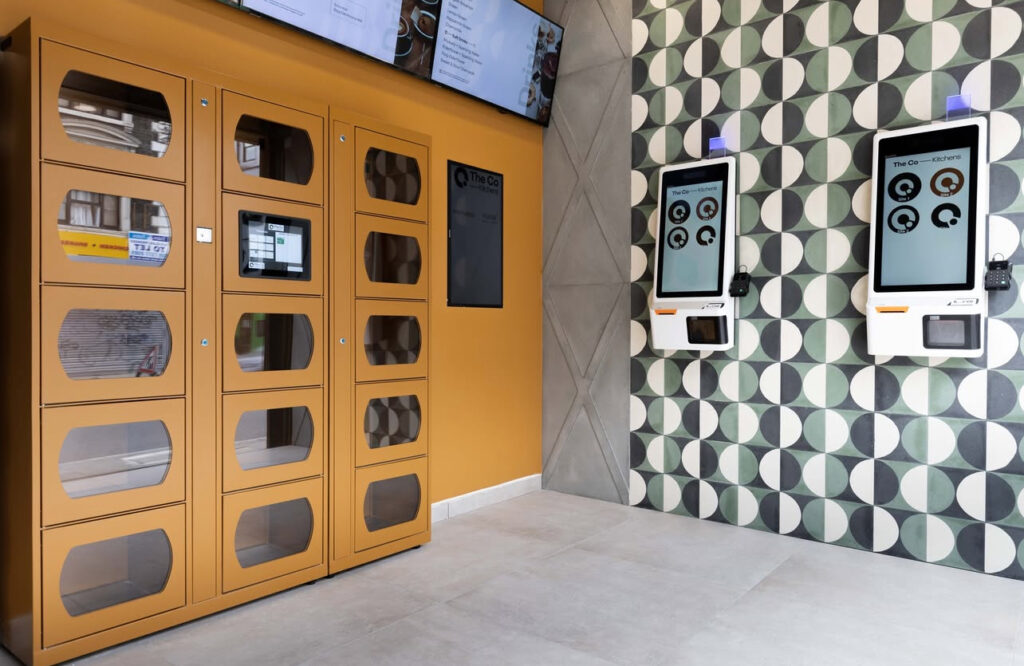
You’ve seen parcel lockers from InPost and Amazon, but now similar technology is revolutionising food collection. Multi-sized and multi-temperature lockers like those from Pre Order Pods, can keep food hot or cold – imagine one set at 2°C sitting right next to another at 68°C. These lockers integrate with major delivery platforms, including Deliveroo, UberEats, and Deliverect, providing a seamless experience for customers.
Catherine Briely, founder of catering solutions provider Pre Order Pods, explains: “Customers expect an efficient and safe service in every environment they encounter. In the hospitality sector, technology plays a vital role in the success of delivering this, through the combination of pre-ordered time slots, pre-payment technology and convenient delivery and collection options.”
Robot waiters
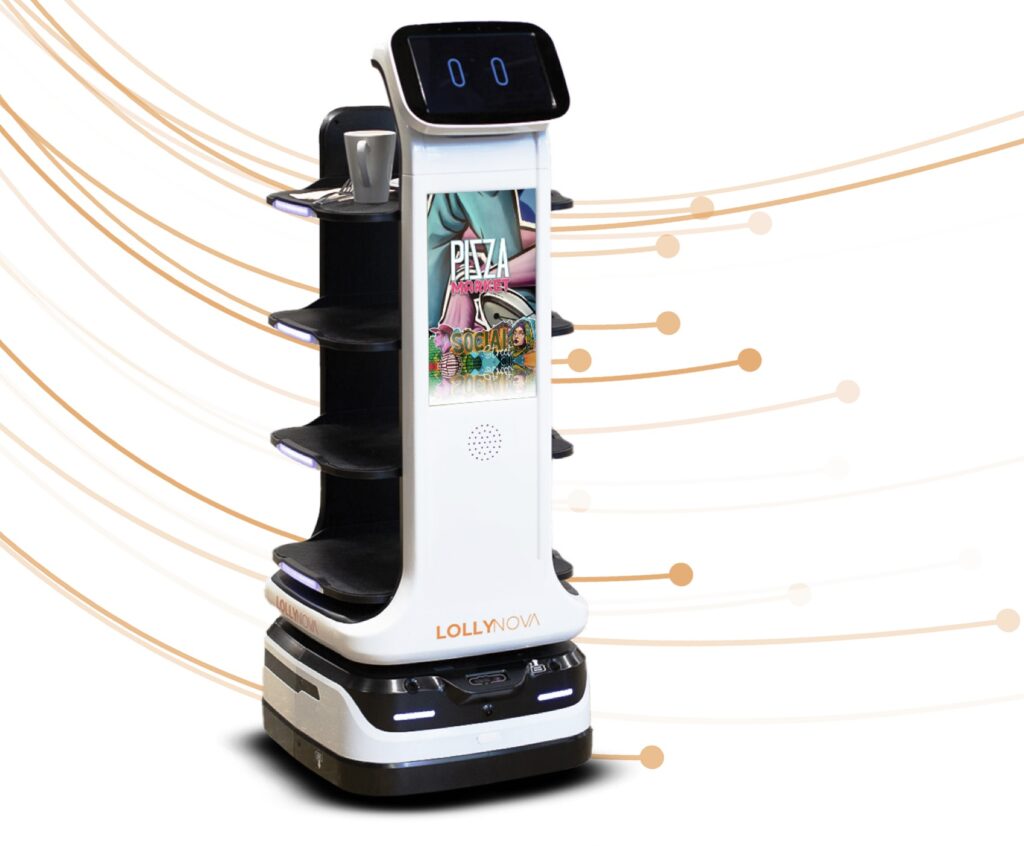
Robot waiters are becoming an increasingly familiar sight in restaurants, delivering food to tables and clearing away empty plates. These automated assistants learn the layout of a venue, allowing human staff to focus on customer service and enhancing the dining experience. They also offer long-term cost savings by reducing staffing needs and extending service hours at no extra cost.
Peter Moore, CEO at technology company Lolly, predicts that, for now, robots will primarily serve as trolleys transporting dishes to and from automated dishwashers. However, as the technology advances, he envisions fully interactive robots running the front of house within the next two to three years. “We’ll see restaurants of the future built around robotic service, helping to bridge the skills gap and labor shortages in hospitality,” he says.
AI-powered cleaning
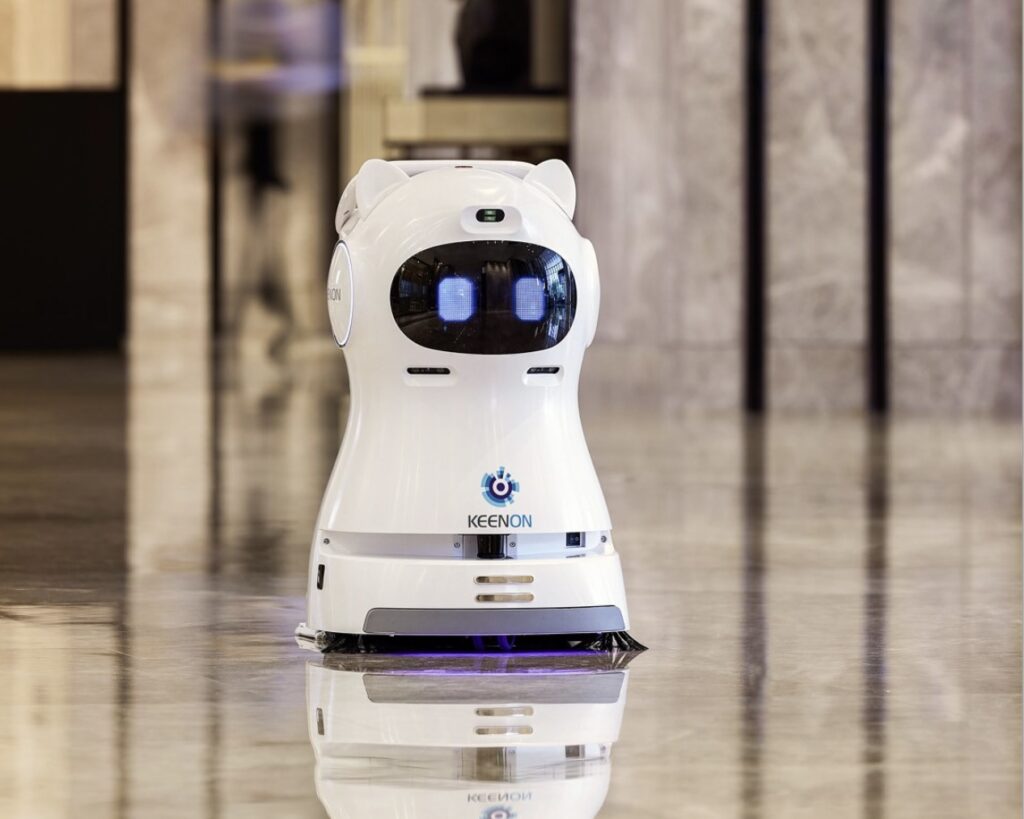
It’s the job no one wants to do and, now, no one has to with AI-powered robot cleaners taking over the task. Leave the sweeping, vacuuming and dusting to a device such as Kleenbot C30 from Nexoserv which uses a powerful suction motor to work efficiently in busy restaurant environments or after hours. Always ready for service, the robot’s operating hours can be configured so it autonomously returns to recharge after shifts. The Kleenbot C30 has up to 10 hours of battery life on a six hour charge, works at a maximum speed of 0.8 m/s and on a full charge can clean up to 2500㎡.
Hot food 24/7
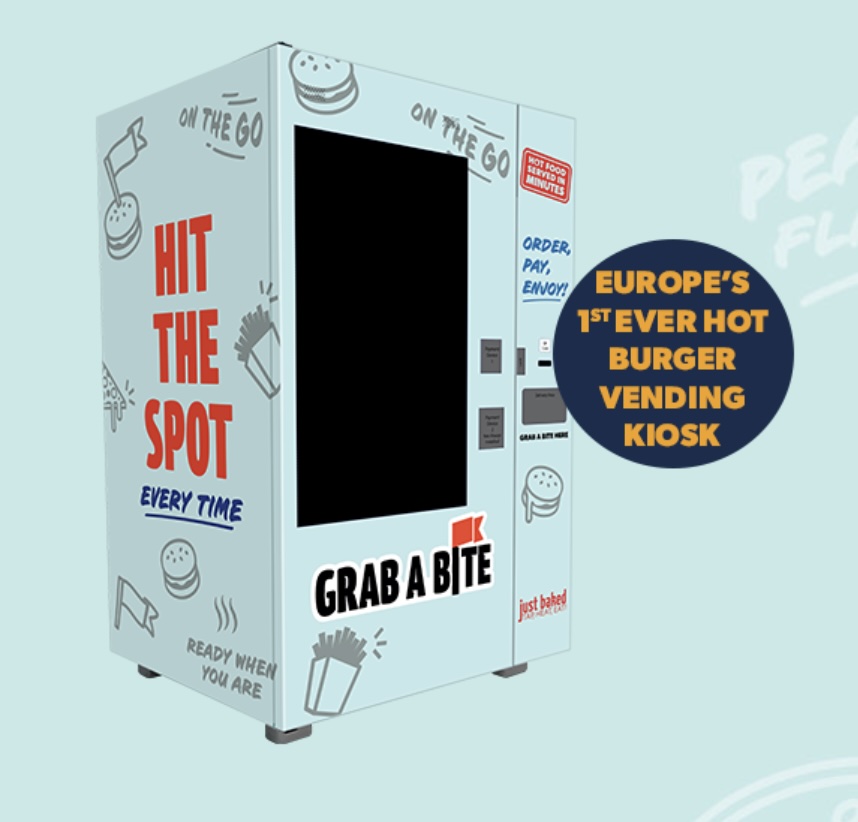
Fast food is now a 24/7 business, even when restaurant doors are closed. Kepak’s Grab a Bite is thought to be Europe’s first hot burger vending machine, featuring the company’s BBQ Chicken Burgers, Classic Cheeseburgers, and Sausage & Cheese Muffins. Once an order is placed, the machine heats and dispenses a freshly cooked meal in just 80 seconds. Expect to see these machines popping up in high-traffic areas where space and skilled labour are limited.
Pump and pay
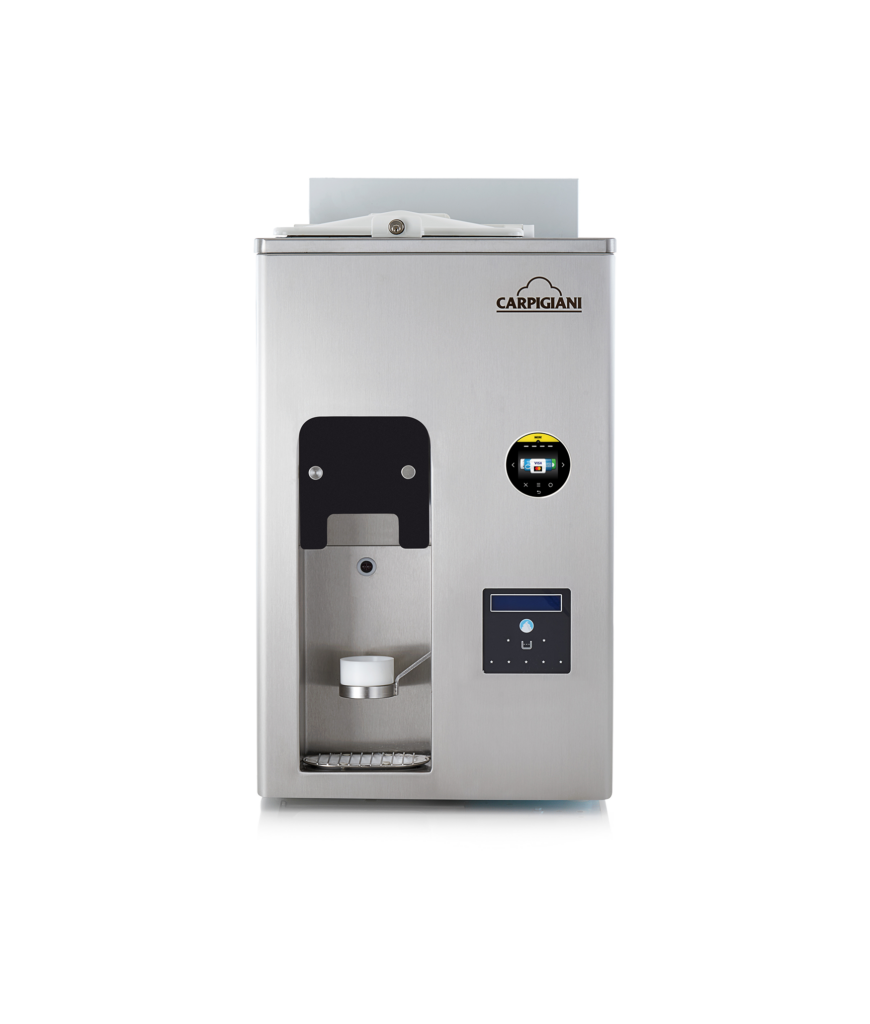
Even ice cream is getting the self-service treatment with Carpigiani UK launching a semi-automatic soft-serve dispenser that accepts contactless payments. Once payment is processed, the 241 SA PSP automatically fills a cup with ice cream, sorbet, or frozen yogurt, including dairy and plant-based options. Capable of producing up to 320 servings per hour, it streamlines service while reducing staff workload.
Crypto payments
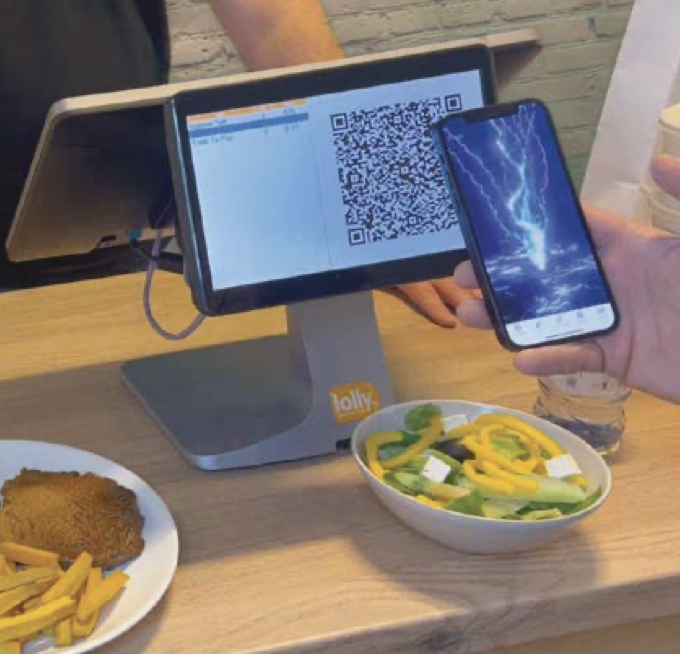
While cryptocurrency isn’t as commonplace as emerging payment methods like mobile wallets and other digital payment forms, its use has become more widespread in recent years. This trend has been picked up by Lolly which has partnered with CoinCorner to launch the first Bitcoin payment integration for foodservice. With lightning-fast transaction speeds of just 0.25 seconds, secure processing and low fees, payments are instantly deposited into the vendor’s account in Sterling. While mobile wallets remain dominant, crypto payments could soon become a mainstream option.
On display
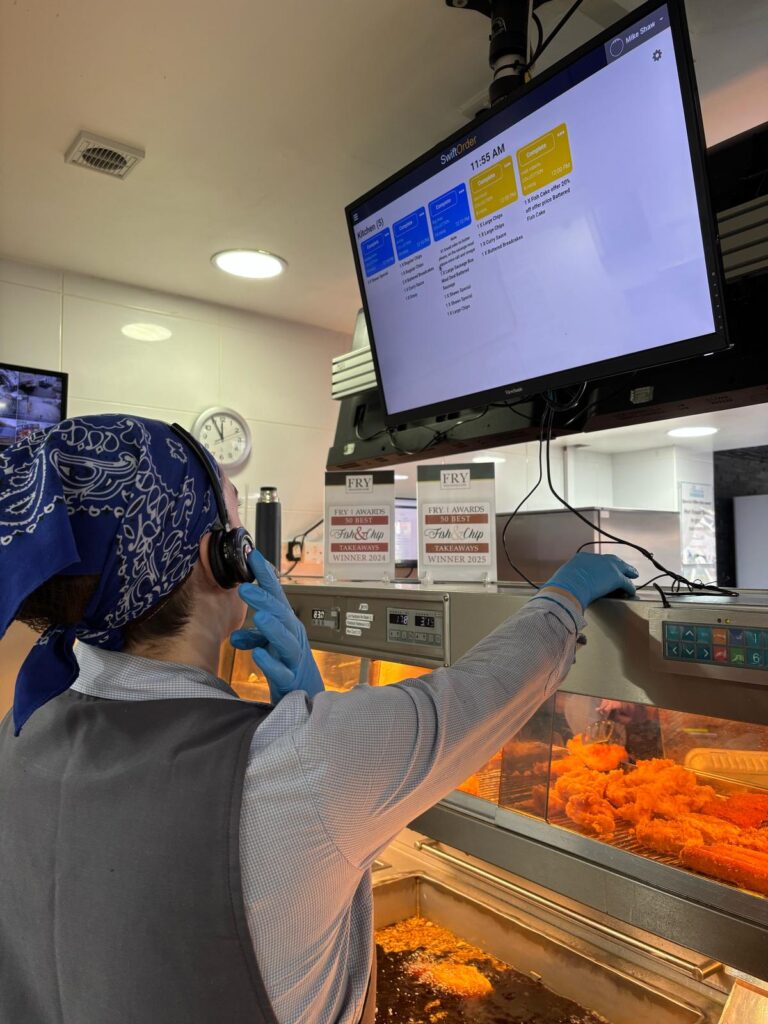
Once exclusive to fast food giants like McDonald’s, digital kitchen display systems (KDS) are now accessible to independent operators and small chains. Replacing printed tickets with digital screens, kitchen displays show orders for a set amount of time before their collection or delivery time, helping kitchens stay on track during busy periods. KDS run in a web browser, so can be used on modern smart TVs or plugged in with a simple TV stick – no specialist hardware required.
Richard Fennell, founder of Swiftorder, explains: “We see a future where even the smallest takeaways can benefit from the kind of operational tech that used to be exclusive to big chains. Digital kitchen displays not only reduce paper waste but also help staff stay focused, improve accuracy, and make it easier to manage peak times. As customer expectations continue to rise, tools like these will become essential for smooth, modern service.”
Faster cooking, smaller footprint
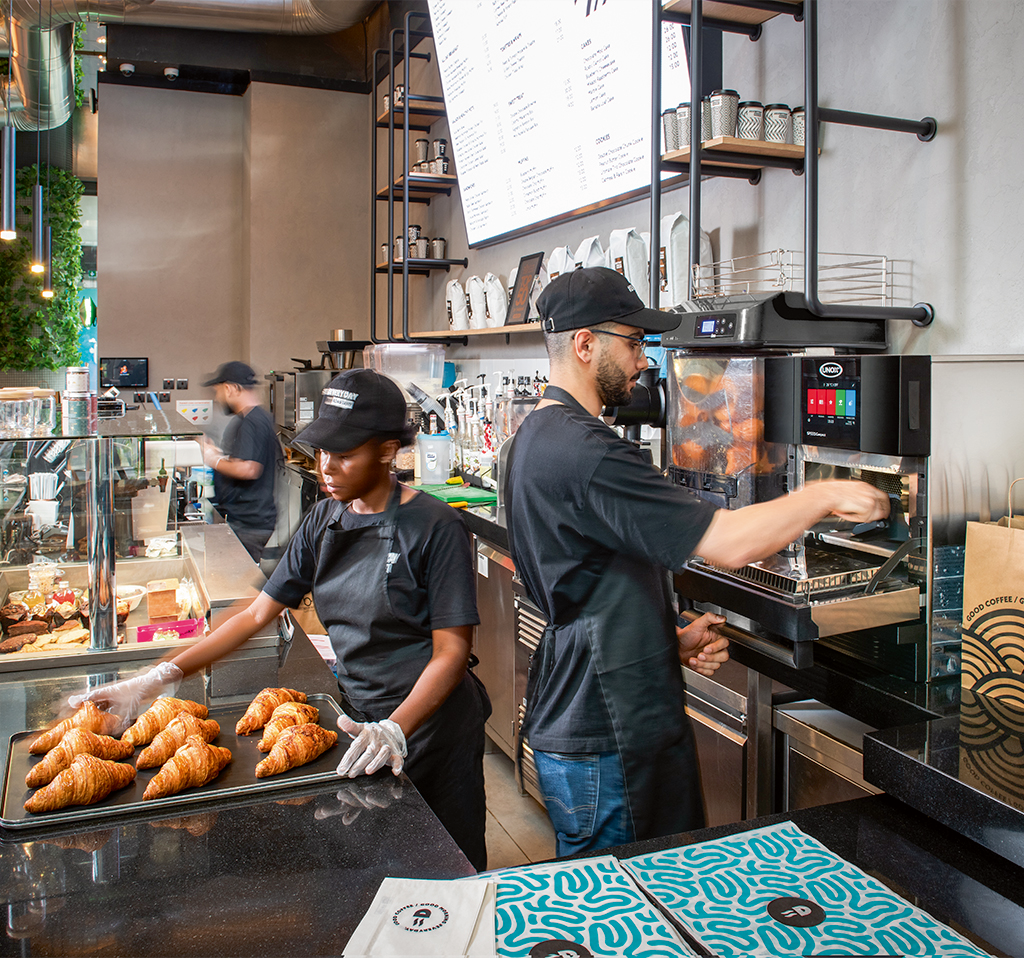
Menus are expanding and cooking times are shrinking thanks to innovations in ovens. The SPEED.Compact ECO is the latest from Unox and can cook a waffle or muffin in just 30 seconds, while a burrito or club sandwich takes only 75 seconds. With a slim 60cm depth, it fits in even the smallest kitchens. Its plug-and-play design allows it to be placed on any countertop for quick, efficient service.
Scott Duncan, managing director at Unox UK, says: “Utilising the latest innovations in technologies – from the insulation that improves energy efficiency to the ‘CLICK & COOK’ user interface that enables any member of staff to produce the same excellent cooking results – the SPEED.Compact ECO is one of the best value high-speed ovens on the market and we are delighted to be bringing this to the UK.”
Screen time
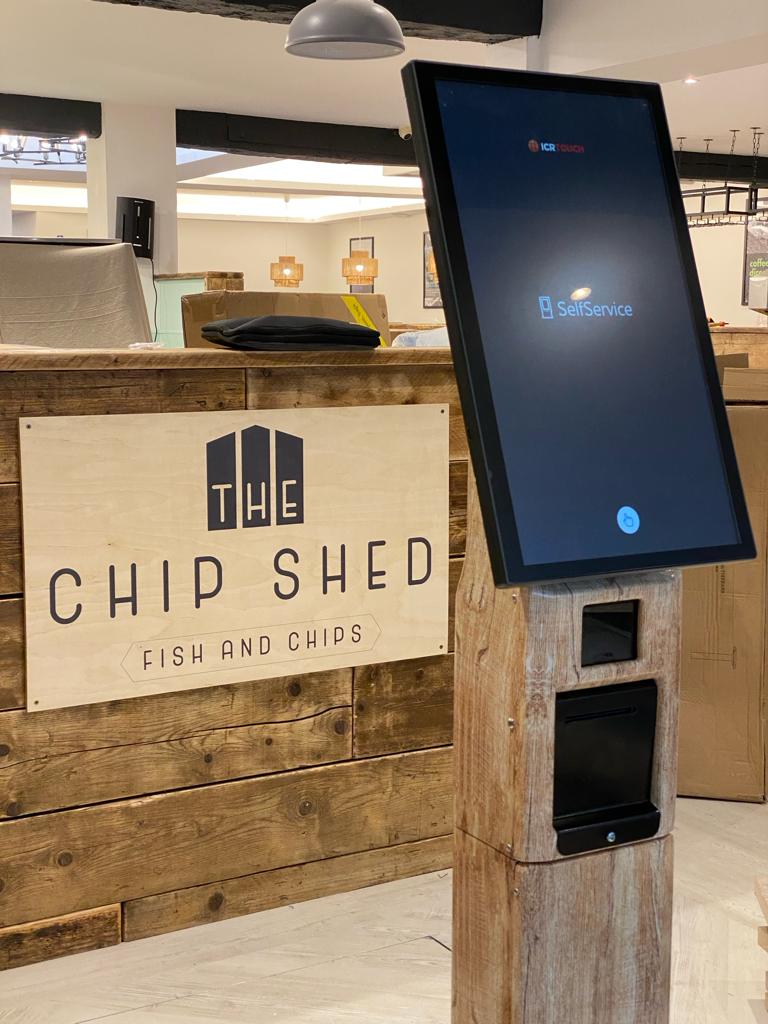
The total amount of kiosks in restaurants has increased by 43% in the last two years, according to hospitality technology supplier PanaEpos, with the surge more focused in independent businesses. And it’s not surprising why when research shows that kiosk and all self-service orders’ average value increases by over 30% compared to orders at the till, and the reasons are down to time and the order process, says sales and marketing manager Jason Bailey: “Customers find that they are not pressured by a queue behind them so therefore take their time in ordering and they peruse the menu more. Meanwhile, as a business owner, you have control of your customer purchase journey, allowing you to create suggestive upsells to increase the order value and also promote high margin sides to increase your overall profit.”
While many operators will ask ‘how much is a kiosk?’ and ‘will it save me money?’ the big question should be more focused on how it increases profits. Consideration also needs to be given to where to place a kiosk, with Jason adding: “Your kiosk needs to be one of the first things your customers see as they enter so it entices them to use it. Consider how most large fast food companies have positioned theirs and copy them – you cant go wrong!”








